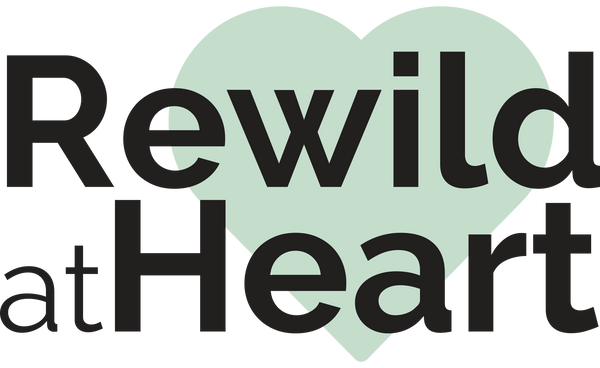The Great British Beaver Comeback – Interactive Map
After centuries of absence, the Eurasian beaver is returning to rivers, wetlands, and even urban waterways across Britain. Once hunted to extinction for their fur and scent glands, these remarkable ecosystem engineers are now playing a vital role in restoring habitats, reducing flooding, and boosting biodiversity.
This interactive map brings together the most comprehensive list of beaver reintroduction projects in the UK by Beaver Trust and other amazing organisations: from pioneering wild releases in Devon and Dorset, to the long-standing enclosure in Kent by our pals at the Kent Wildlife Trust and Wildwood Trust. Whether you’re a conservationist, nature-lover, or just curious, you can explore the story of Britain’s beaver revival site-by-site.
About the Data
Our map compiles verified information from conservation groups, government reports, and news sources, covering:
- Wild populations: naturally established or licensed reintroductions
- Enclosure projects: fenced habitats for research, education, and flood prevention
- Urban and rural sites: from city parks to remote Highland lochs
- Partner organisations: the charities, landowners, and agencies making it happen
We’ve included:
- Coordinates so you can see exactly where each project is located
- Year of introduction
- Enclosure / wild status
- Key partners and links for further reading
This is a living resource: as more beaver projects begin, we’ll keep the map updated.
Why Beavers are Important
Beavers are more than just charismatic wildlife – they are nature’s engineers. By building dams, digging channels, and creating ponds, they:
- Slow water flow, reducing flood risk downstream
- Create rich wetlands that support fish, birds, amphibians, and insects
- Improve water quality by trapping sediment
- Store carbon in healthy wetland soils
Visit our Beaver Spotlight page to find out more!
How to Use the Map
- Click on each marker to learn about a project’s history, purpose, and partners.
- Filter by region or project type to find sites near you.
- Follow the links in each entry to read more from local wildlife trusts and project partners.
- Please note the locations are approximate: please do your research on permission, availability and access if you're thinking of visiting any of these sites!
Contribute to the Map
If you know of a beaver project we’ve missed, or have updates on an existing site, please get in touch via our contact page. This resource works best when it’s community-driven.
Love Beavers as much as we do?
If you've enjoyed learning about the Eurasian beaver, why not showcase your appreciation for nature's ultimate ecosystem engineer with our beaver apparel collection? Crafted from organic cotton and recycled materials, our designs celebrate these remarkable creatures and their vital role in the environment. It's a stylish way to express your love for wildlife and commitment to sustainability.
-
Supports Beaver Trust

Beaver Embroidered Beanie
Regular price £21.60Regular priceUnit price / per£24.00Sale price £21.60Sale -
Supports Beaver Trust

Beaver Riverbank Men's T-Shirt
Regular price £25.00Regular priceUnit price / per -
Supports Beaver Trust

Beaver Riverbank Women's Classic T-Shirt
Regular price £25.00Regular priceUnit price / per -
Supports Beaver Trust

Beaver Embroidered Unisex Hoodie
Regular price £43.20Regular priceUnit price / per£48.00Sale price £43.20Sale





